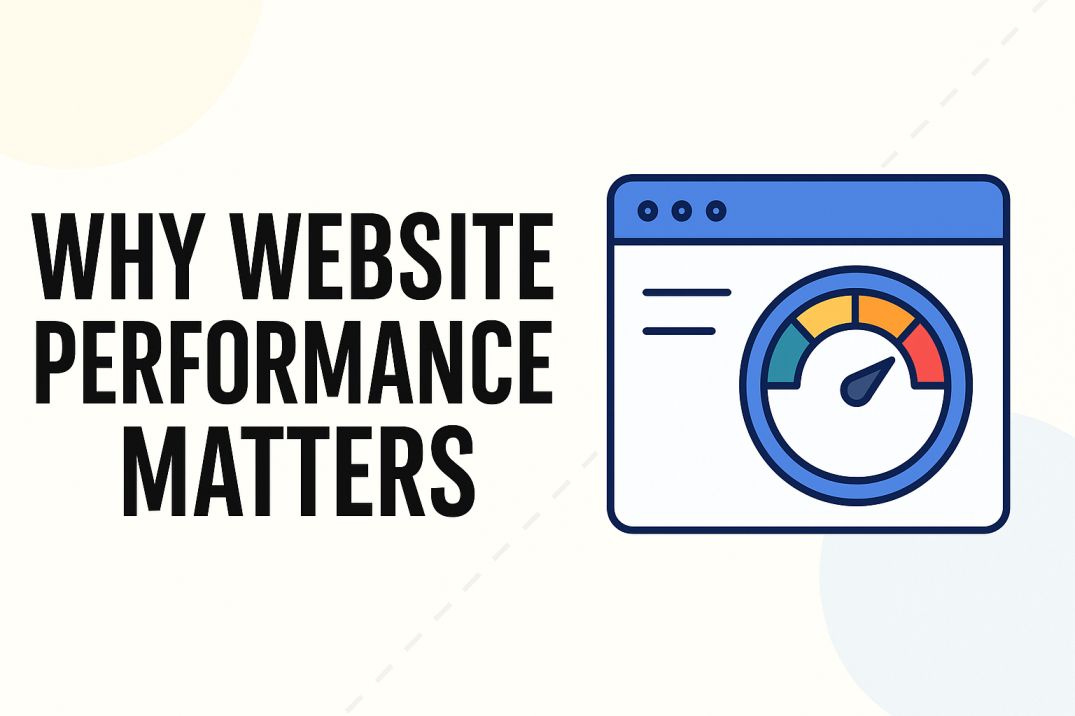Website speed affects how people see your brand. A fast site feels modern and reliable. Users notice smooth navigation. They stay longer. They trust what they see.
A slow site causes frustration. Pages freeze. Images load late. Buttons take time to work. Visitors lose interest. They click away without reading or buying.
Brand reputation depends on performance. A fast site shows you care. A slow one suggests neglect. Your design, content, or product won’t matter if the site fails to load on time.
Every second counts. Users judge your brand in moments. Their first click forms an opinion. If they wait too long, they may never return.
Site owners must take speed seriously. A delay of just two seconds can lower conversions. It can drop rankings. It can damage trust.
This guide breaks down the reasons. It shows how speed affects traffic, SEO, and sales. It also gives clear, easy steps to boost performance. No advanced skills needed. Just smart choices.
What Website Performance Means
Website performance means how fast a page loads and responds. It covers several areas:
-
Page speed
-
Mobile readiness
-
Visual stability
-
Code efficiency
-
Server power
A strong site loads fast, works well on all devices, and feels easy to use.
Why Speed Makes a Big Difference
Speed shapes how people use your website. It influences behavior, trust, and decisions. A fast site creates positive experiences. A slow site pushes users away.
1. User Experience
Users expect quick results. They want pages to load instantly. Slow sites waste time. Visitors leave when delays get in the way.
A fast site keeps attention. People scroll, read, and click more when everything runs smooth. They move from page to page without effort. They feel in control.
User experience decides what happens next. A good experience leads to engagement. A poor one leads to exits.
2. Search Engine Ranking
Search engines reward speed. Google ranks fast sites higher. A slow website drops in search results. You lose visibility. You lose organic traffic.
Speed shows value to search engines. It tells Google your site respects user time. That earns a better spot in rankings.
A fast site increases your chances to appear on page one. More visibility brings more clicks and more growth.
3. Sales and Conversions
Speed drives revenue. A delay costs money. Users abandon carts when checkout pages lag. They skip sign-ups when forms take too long.
A fast site helps people act. It removes barriers. It speeds up decisions. It increases confidence during each step.
Small delays turn into lost sales. Fast performance turns interest into action.
4. Brand Image
Speed reflects your brand. A fast site looks polished. It feels trustworthy. It shows attention to detail.
Visitors link speed to quality. They see a quick site as reliable. They believe the brand delivers.
A slow site damages your image. It creates doubt. It feels unprofessional. Users question the brand behind the delay.
Every click shapes perception. Fast pages build trust. Slow ones break it. Keep your reputation strong through performance.
What Slows Down a Website?
Several issues reduce performance. Fixing them helps users stay longer and return more often.
A. Heavy Images
Large images take time to load. Wrong formats also slow things down. Use WebP or JPEG instead. Resize each file to fit its use.
B. Too Many Files
Each file sends a request. More files mean more delay. Combine files and remove extras.
C. No Browser Caching
Caching lets browsers save parts of your site. Repeat visitors then load pages faster. Use cache rules and set proper headers.
D. Messy Code
Long or outdated code takes time to process. Minify CSS, JavaScript, and HTML. Remove code you don’t use. Defer scripts until needed.
E. Weak Hosting
Cheap hosts slow down traffic. Shared plans cause lags. A VPS or dedicated server performs better.
F. Bulky Themes and Plugins
Some themes look fancy but run slow. Use a clean, fast theme. Remove extra plugins.
How to Measure Speed
You can’t improve what you don’t measure. These tools give clear results:
-
Google PageSpeed Insights shows mobile and desktop scores
-
GTmetrix breaks down loading times
-
Pingdom Tools checks global performance
Run tests after each change. Track progress and spot problems early.
Best Fixes for Faster Performance
Use this list to guide your upgrades:
| Fix | Benefit |
|---|---|
| Compress images | Smaller files load faster |
| Pick modern formats | WebP improves speed |
| Combine CSS and JS | Fewer requests |
| Add lazy load | Images load on scroll |
| Set cache headers | Faster return visits |
| Minify code | Clean output |
| Use CDN | Faster global access |
| Pick fast themes | Less drag |
| Limit plugins | Less load |
| Test often | Keep control |
Each action adds value. Together, they boost speed and quality.
Why Small Sites Need Speed Too
Speed matters for all websites. A small site needs fast performance as much as a large one. Users expect quick access no matter the size.
Each visitor counts. One lost second can cost you a reader, a customer, or a lead. A delay turns interest into frustration. That user leaves and may not return.
Fast sites create trust. They show care and attention. They give users a smooth path to explore and take action.
Slow sites feel broken. Users sense risk. They hesitate. They exit early. You lose their attention.
A local business site, a personal blog, or a niche store needs speed to compete. Every click has value. Each second shapes user behavior.
Simple fixes often solve the problem. Smaller image files, better themes, and good hosting make a real difference. Many tools help you test and improve performance.
Google PageSpeed Insights and GTmetrix give clear reports. These tools show what slows your site down. They also suggest next steps.
You don’t need big money or deep coding skills. You need focus. Speed starts with smart choices and steady updates.
A fast site builds momentum. It holds users longer. It drives more clicks and more results.
Final Thoughts: Speed Builds Success
Website speed defines your online success. A fast site makes a strong first impression. It tells visitors your brand is serious. It sets you apart from slower competitors.
Users expect fast access. They won’t wait. They click away when a page drags. You lose their interest in seconds. That moment decides if they stay or go.
Fix speed issues before they grow. Start with images. Use smaller file sizes. Choose the right format. Avoid oversized uploads.
Move next to your code. Clean it. Remove anything extra. Combine files where possible. Minify the rest. Keep your pages light and efficient.
Upgrade your hosting if needed. A slow server blocks your progress. A better plan opens more potential. Add a CDN to improve reach and reliability.
Run speed tests often. PageSpeed Insights, GTmetrix, and Pingdom give you clear data. They show what works and what needs attention.
Keep your theme lean. Avoid flashy templates that slow your load time. Use plugins wisely. Each one adds weight. Only keep the tools you need.
Performance brings results. A fast site builds trust. It reduces bounce rates. It drives more conversions. Visitors stay longer and take action faster.
Treat speed as a habit. Check often. Improve steadily. Every fix pushes you closer to your goal.
Build your site for speed. Users notice. Search engines reward you. Your site performs better in every way.
Speed is not just a detail. It is a foundation. A fast site supports everything else you do online. Make it a priority. See the difference it makes.




